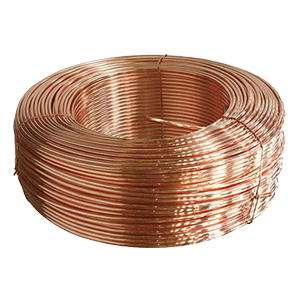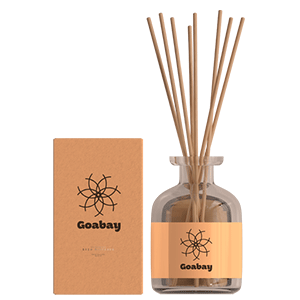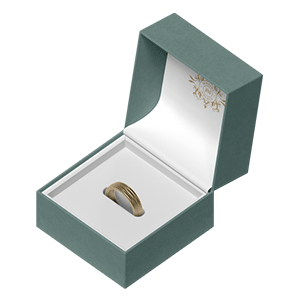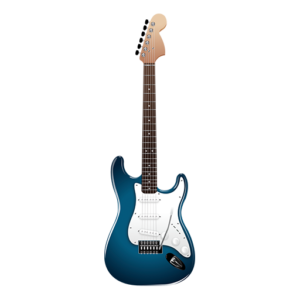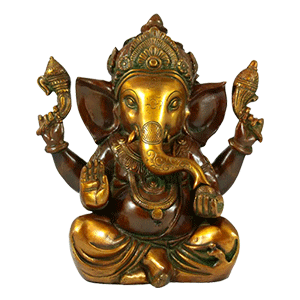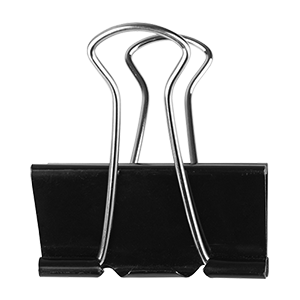Indian pants – the history of these closet items goes back centuries, reflecting the evolution of Indian society and its cultural values. Young and talented designers, drawing inspiration from the rich cultural heritage of their country, create unique collections that capture the hearts of fashionistas around the world.
From ancient weavers to modern designers
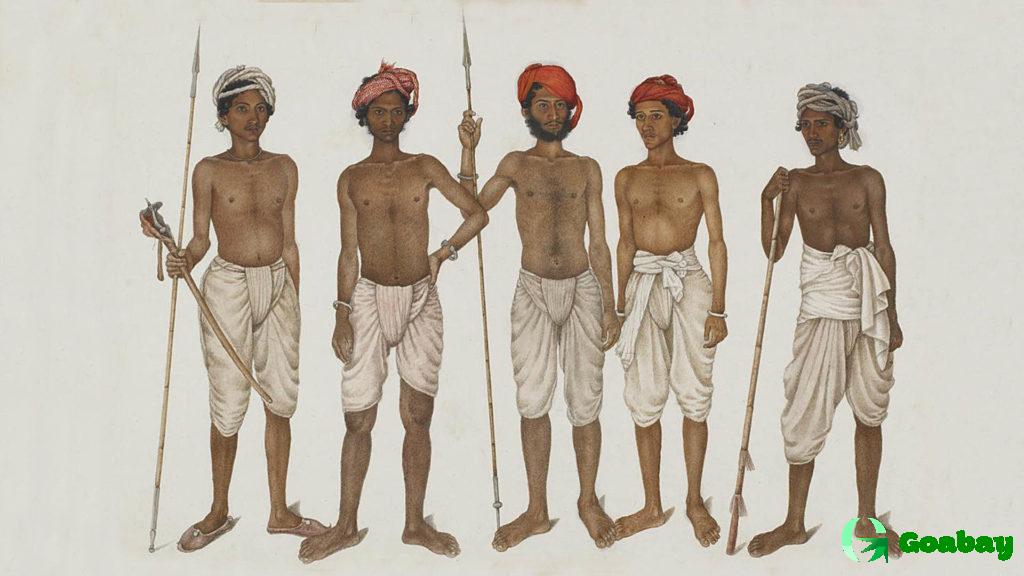
Weaving in India has ancient roots dating back to the Indus Valley civilizations. Archaeological finds testify to the high level of development of the textile industry already in those times. Indians used natural dyes derived from plants, minerals and insects. This made it possible to create bright and durable colors that still delight with their depth.
Contacts with Persia and the Arab states introduced new fabrics such as muslin and brocade to Indian fashion. The Mongol Empire also exerted a great influence of its own. Luxurious gem-encrusted fabrics and elaborate embroideries flourished in Mongol courts.
Britain actively exported cotton fabrics, wool and silk to India. These new materials became popular among the upper classes, especially in urban areas.
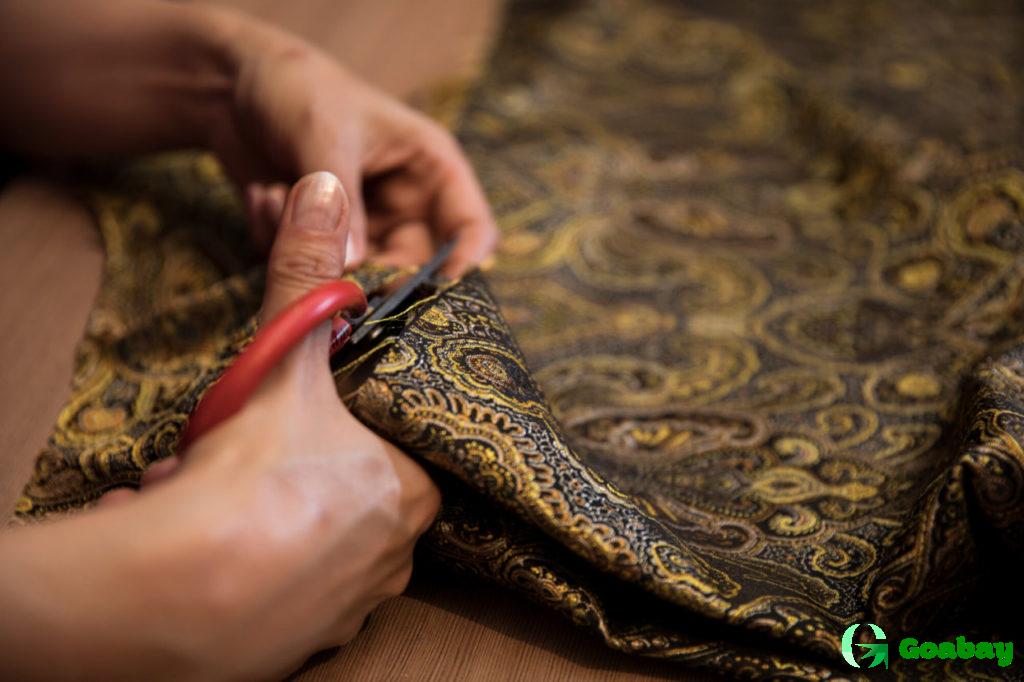
Today, fashion in India is a unique combination of traditional elements and Western trends. Designers actively use both traditional fabrics and embroideries and modern materials and technologies.
Patiala salvara: an airy cloud of comfort

Patiala salwar is not just a closet item, but a whole story that reflects the rich traditions and culture of India. The roots of the patiala salwar go back centuries. Wide pants with numerous pleats were common in many cultures, including ancient India.
Initially, patiala salwar were the privilege of the nobility. The abundant pleats required a large amount of fabric, which emphasized the wealth and high social status of the wearer. Patiala salwar became popular not only in India but also in many other countries.
Patiala salwar were often decorated with embroidery, beads, sequins and other decorative elements. It could be both traditional embroidery and modern prints. Traditionally, bright and saturated colors prevailed, but today you can find patiala salwar in a variety of shades.
In the hot climate of India, loose pleated pants provided excellent ventilation, comfort and style, making them popular among women and men of all ages.
Palazzo pants: royal luxury in everyday life
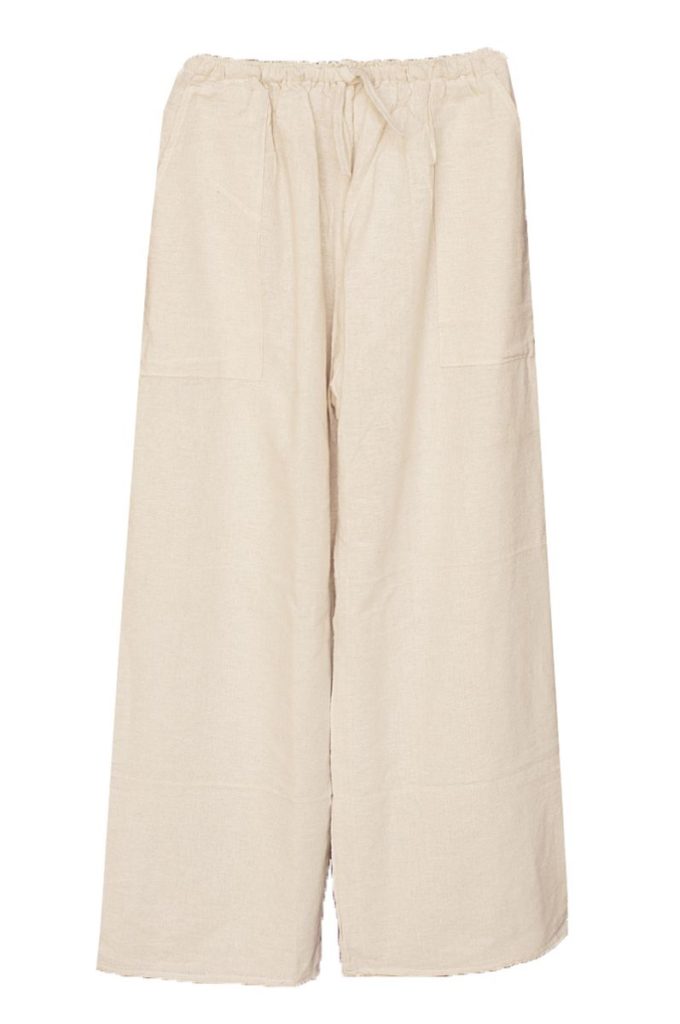
Palazzo pants are wide, loose pants that have gone through many fashion transformations and today are one of the most popular elements of the closet. Their name comes from the Italian word “palazzo” – palace, which hints at their aristocratic origins.
Palazzos came to India along with western fashion. The wide pants were a perfect match for traditional Indian fabrics and jewelry. Indian designers adapted palazzos to the national traditions, decorating them with embroidery, sequins and other decorative elements. Palazzos were worn with short kurtis, long saris and other traditional outfits.

Today, Indian palazzos are fashionable and stylish pants that combine comfort and elegance. They are worn both for everyday outings and festive events.
Dhoti pants: an ancient tradition in a modern reading

Dhoti pants are a fascinating interweaving of ancient traditions and modern fashion. Their history is closely linked to the history of India and its rich cultural heritage.
It is a traditional male attire in India, which is a long strip of cloth wrapped around the hips and legs. The dhoti was worn by men of all castes and social classes and was not just a garment but a symbol of culture and identity.
The length, fabric and the way the dhoti was draped could vary depending on the region and religious beliefs. With the passage of time and under the influence of western fashion, the dhoti underwent significant changes. The long strip of cloth began to be transformed into pants, while retaining the characteristic loose fit and comfortable fit.

Various fabrics are used for sewing: from light cotton to luxurious silk. Natural fabrics with traditional Indian prints are also popular. The decor can be very diverse: embroidery, appliqués, fringes, tassels.
Embroidered trousers: an oriental fairy tale
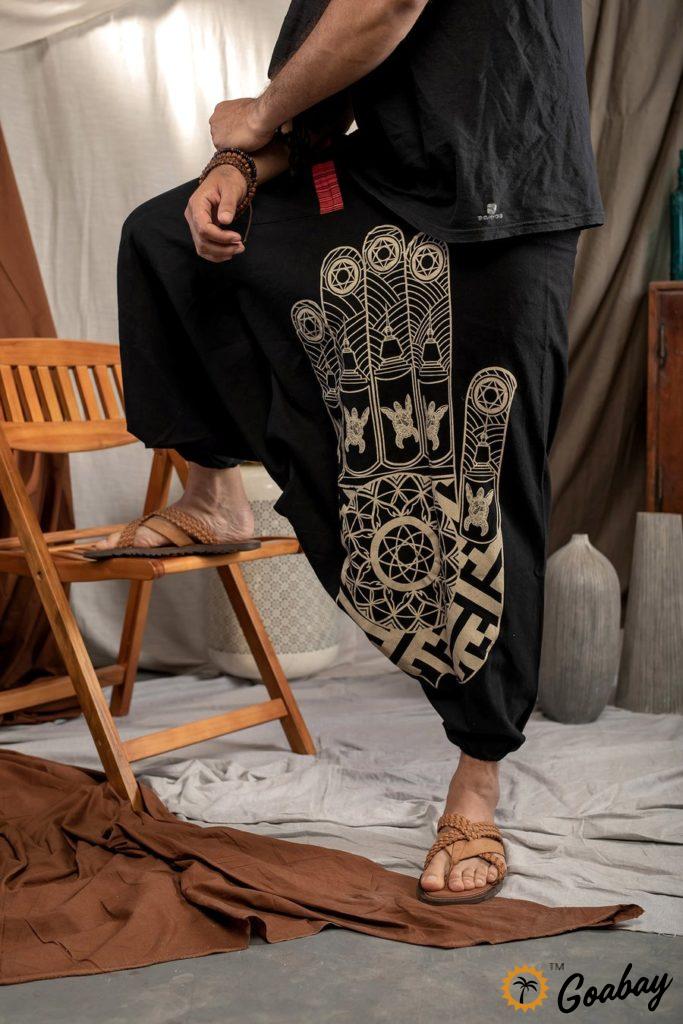
An integral part of the closet of many nations of the world, the trousers have found a unique interpretation in India. Although the term “pants” comes from the East, similar wide pants have been known in India since ancient times. They were part of the costumes of dancers and were also worn by women of the higher castes.
In India, the trousers got their unique names: salwaras and churidars. Salwaras are wider and looser, often decorated with embroidery, while churidars are narrower and tight around the ankle.
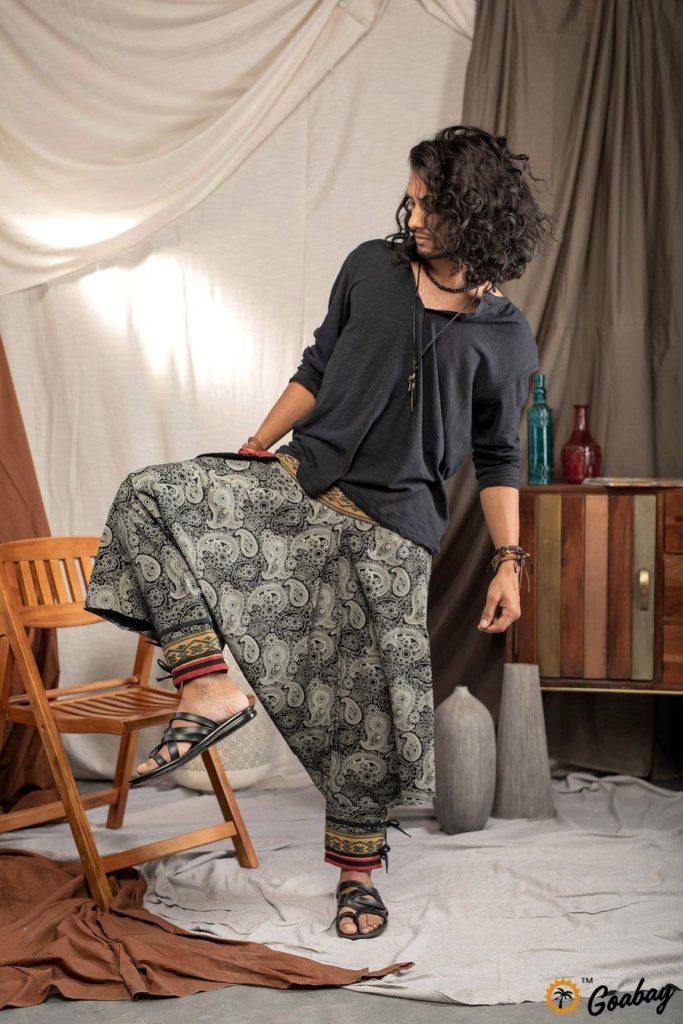
During the period of British rule in India, Western fashion had a significant impact on the national costume. However, Indian women managed to retain traditional elements while adapting them to new trends. The trousers became one such element.
After independence, India experienced a period of revival of national culture. Designers started referring to traditional motifs, creating modern interpretations of the national costume. The trousers became one of the key elements of this process.
Today trousers are a symbol of femininity, comfort and national identity. They are ideal for hot climates, allowing the skin to breathe. Hand embroidery made of multicolored threads, beads and mirrors turns the sharovars into a real work of art.
Leggings and stockings: a modern reading of tradition

Leggings and stockings, at first glance appearing to be purely Western inventions, are in fact deeply rooted in Indian fashion, bringing a touch of modernity and comfort.
Traditional Indian costumes, such as the sari, often involved the wearing of an underskirt or light pants that served both a practical and aesthetic function. These closet elements were the predecessors of modern leggings and stockings.
In the 19th century, with the advent of British colonial rule, European styles of dresses and pants began to influence traditional Indian dress. It was during this period that the first experiments with tighter-fitting clothing were born, which later evolved into modern leggings and stockings.
Combining leggings or stockings with kurtas and anarkali is a classic Indian look that never goes out of style. Such an ensemble allows you to create both casual and festive looks. They add modernity to the look, while kurta or anarkali keep the connection with tradition. They make women feel comfortable, stylish and confident.
Where to buy?
Goabay is a wonderful journey into the world of Indian fashion. We have a wide range of clothes for every occasion – from casual outfits to festive saris. Each piece is unique and lovingly designed to emphasize your individuality. Treat yourself to bright colors, exquisite fabrics and unique patterns!









